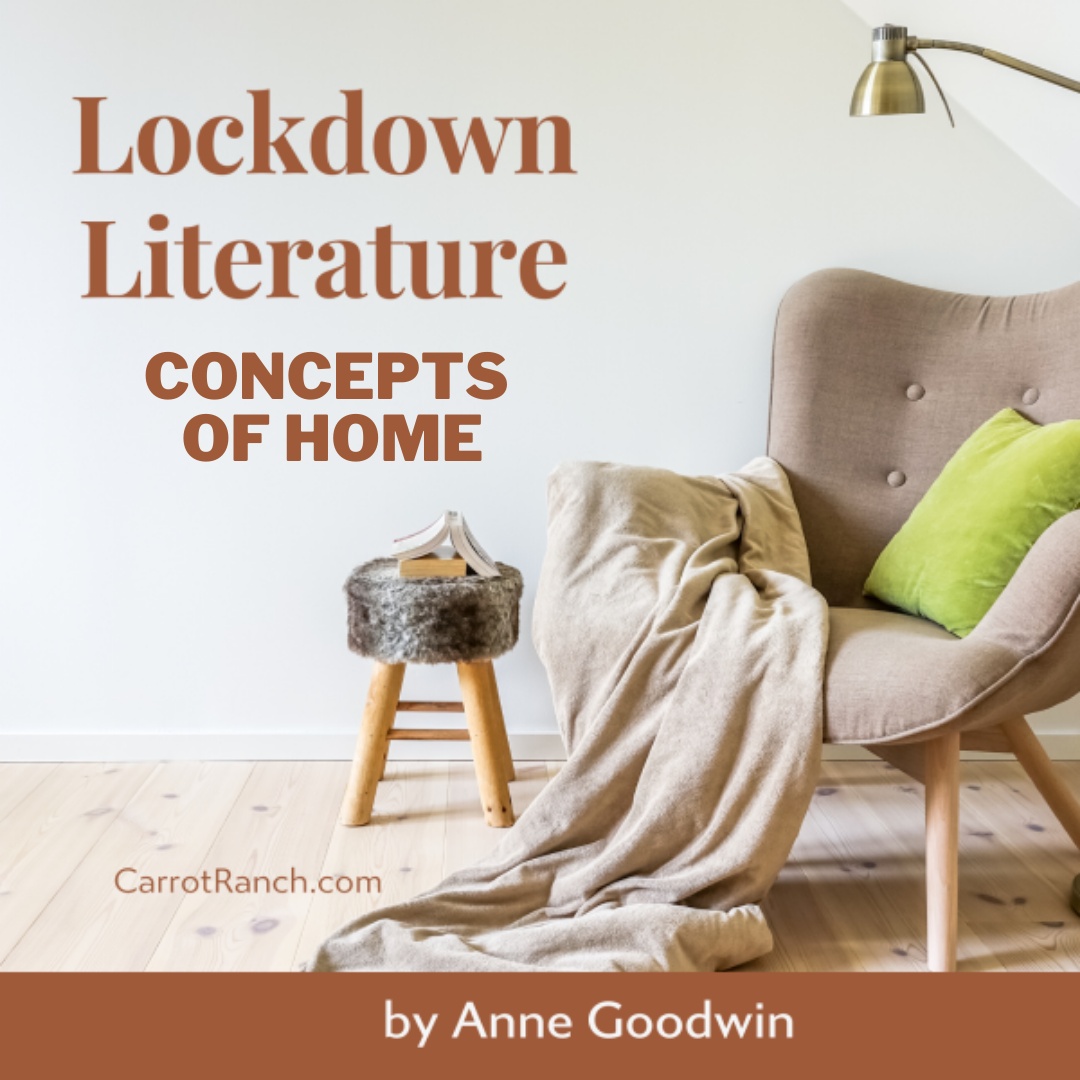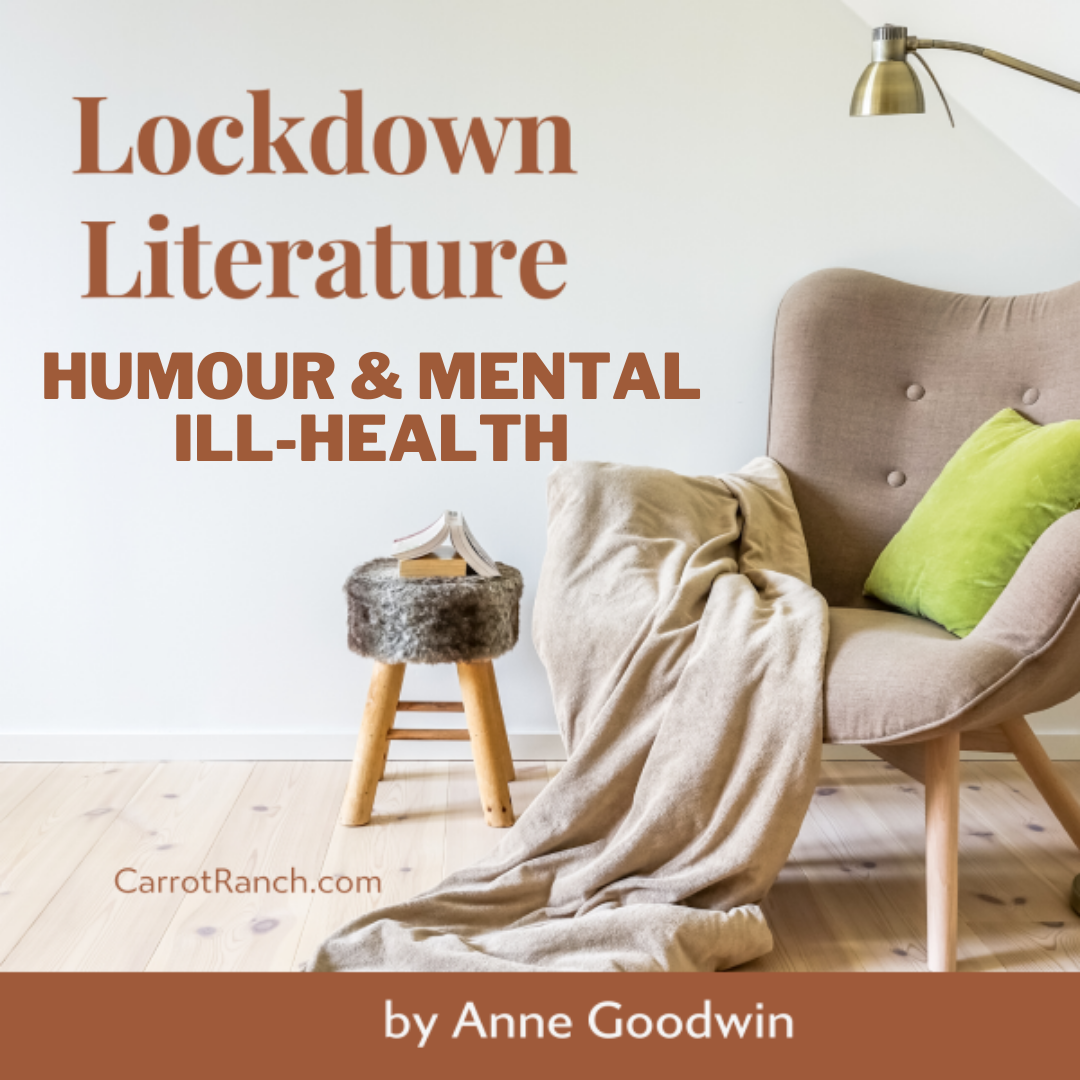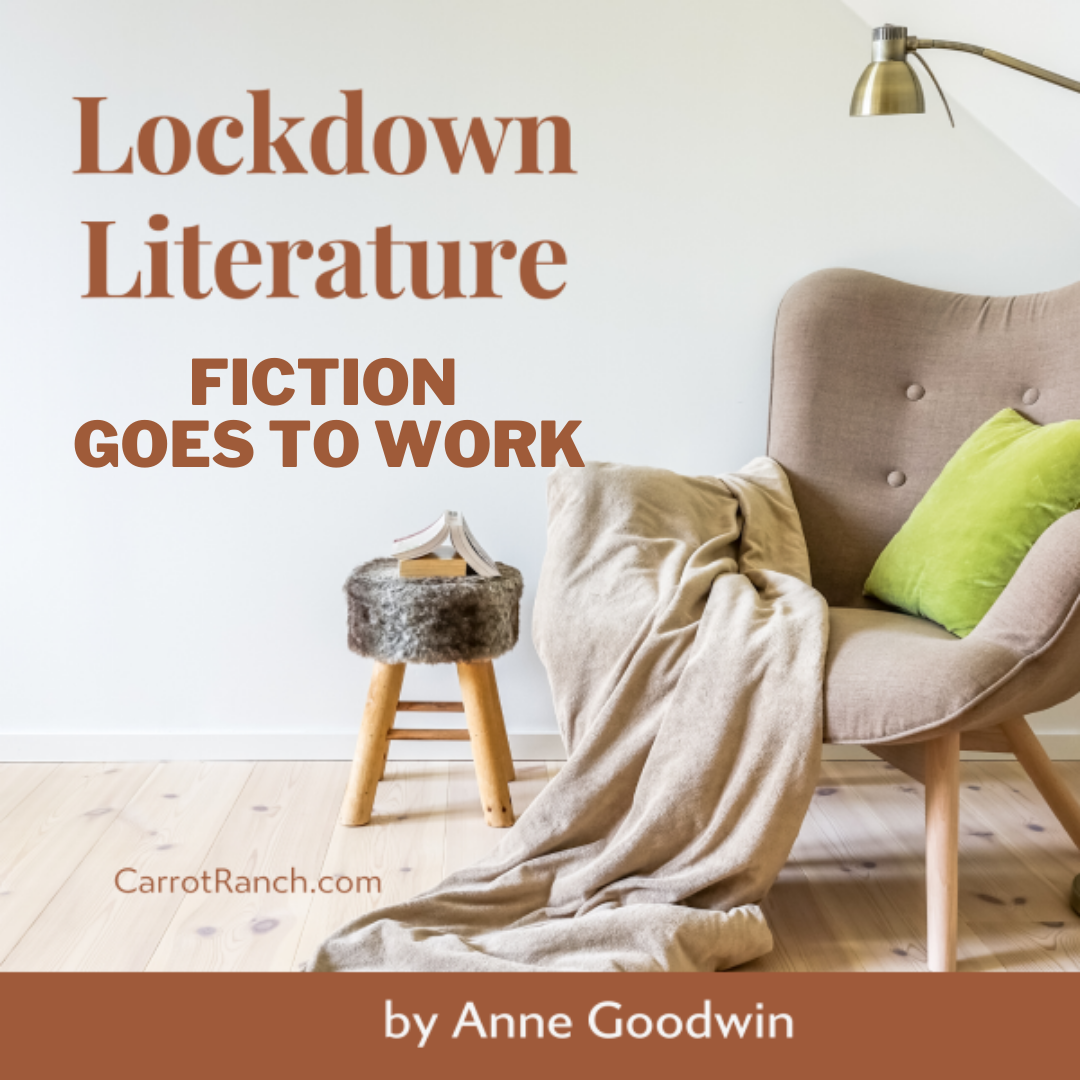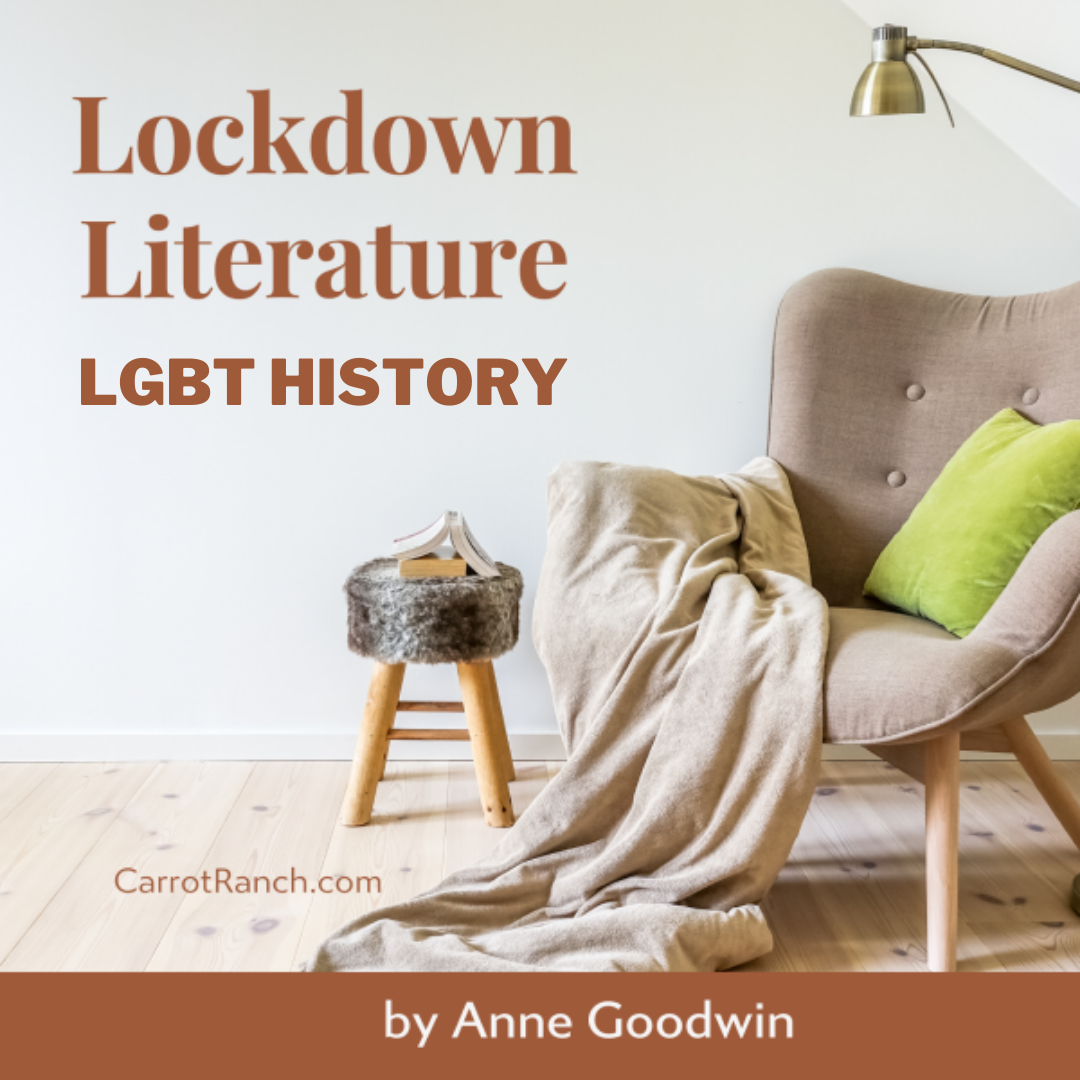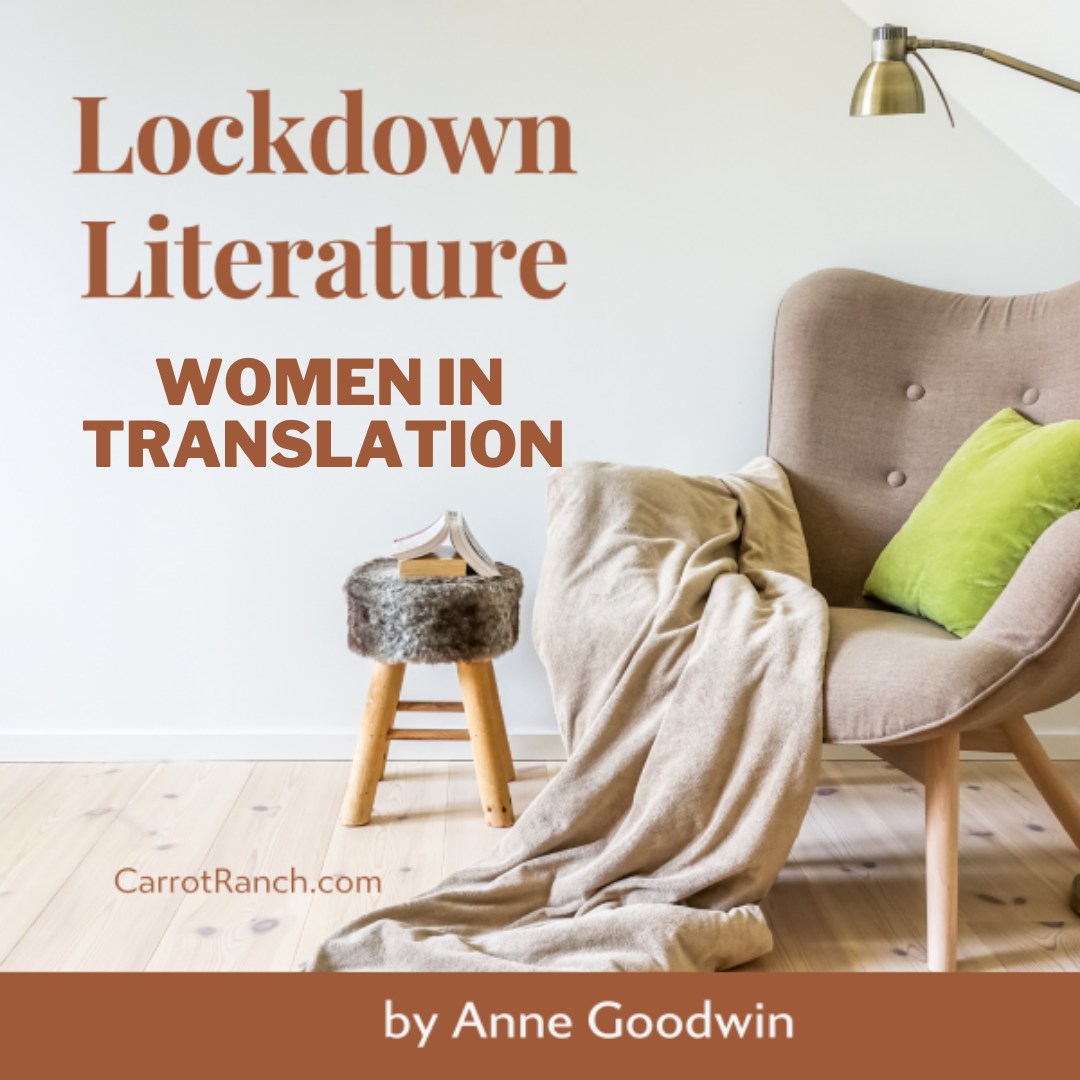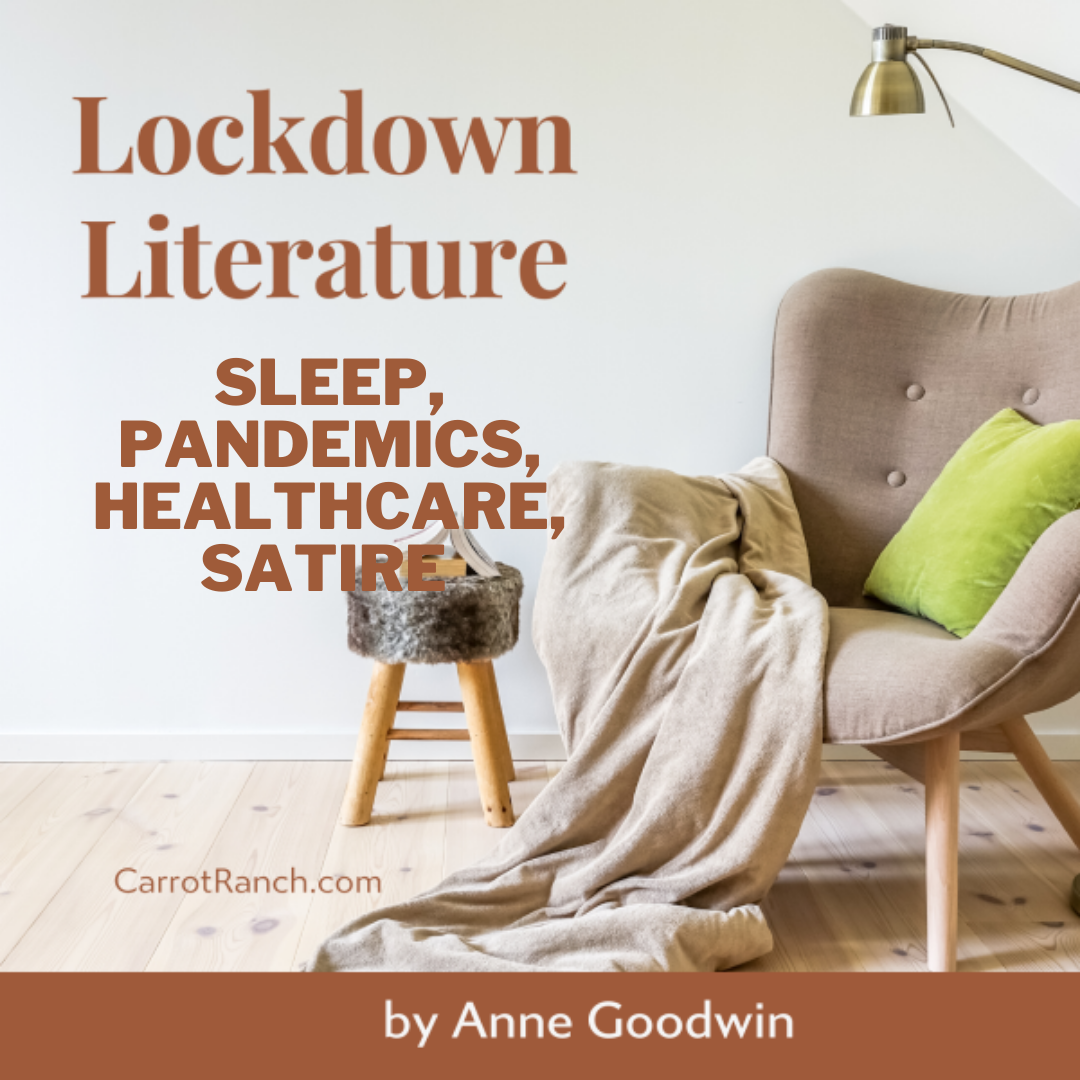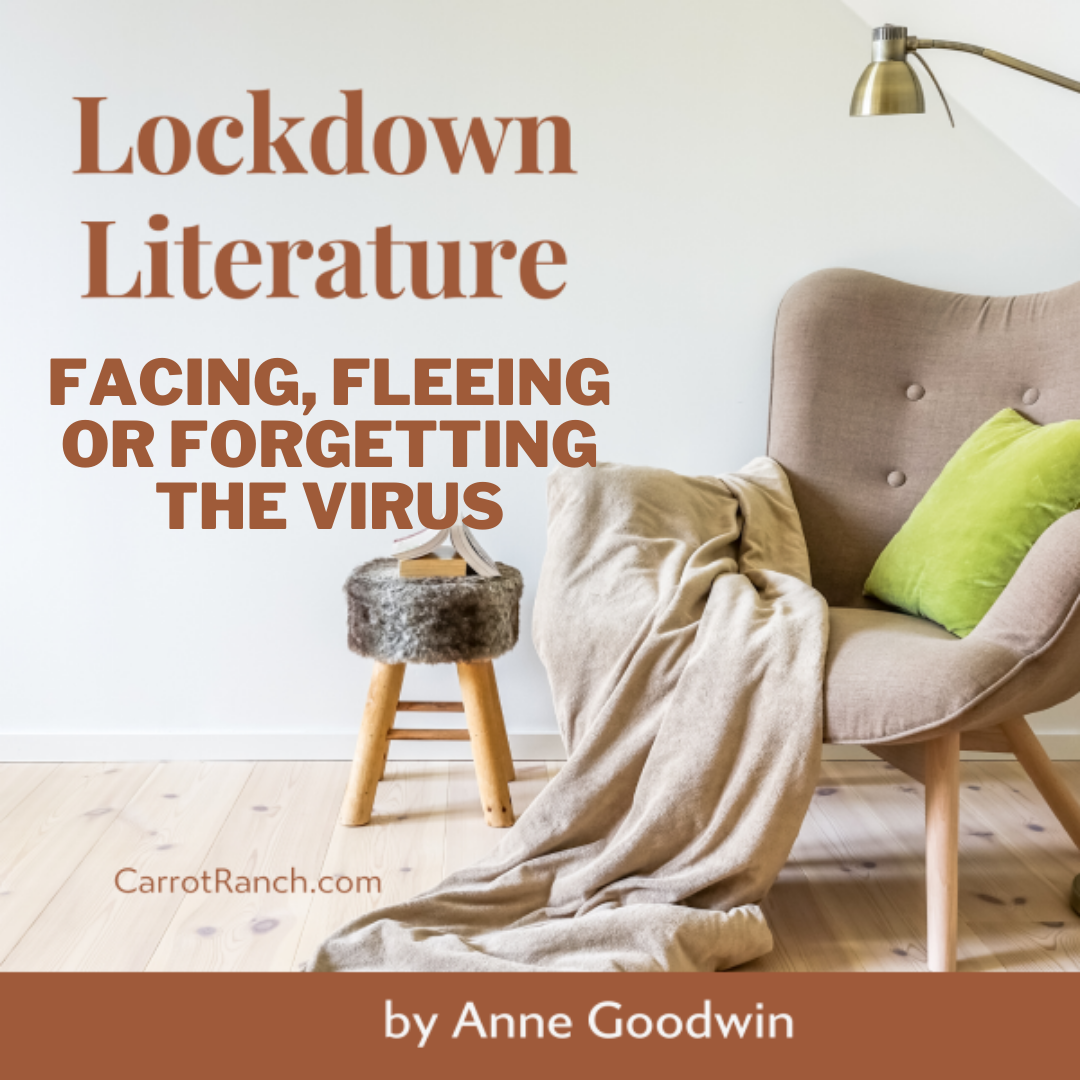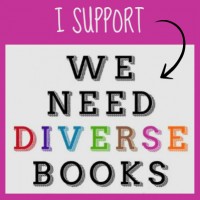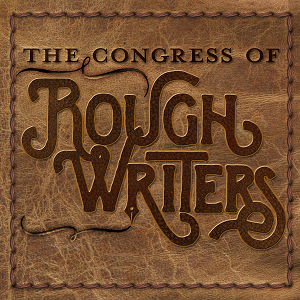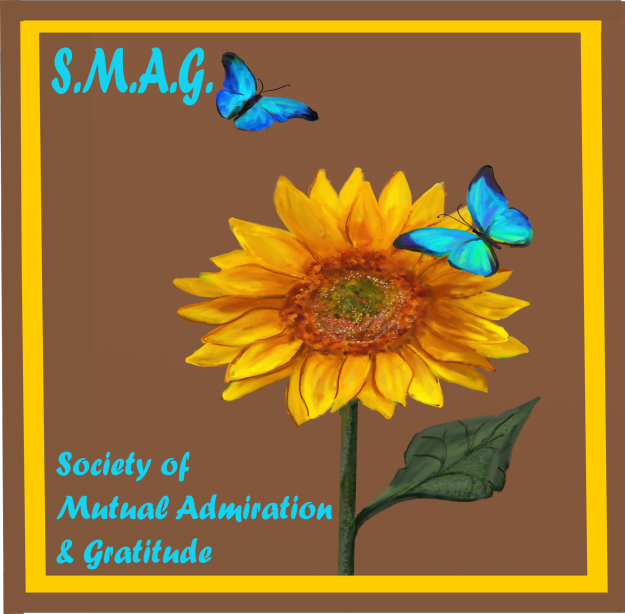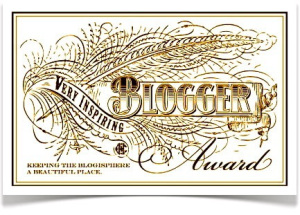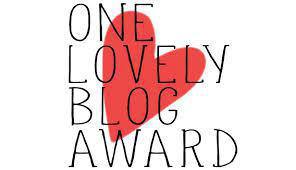| Do you find writing therapeutic? Have you ever used writing as a tool to better understand and process your own complex, confusing or unwelcome emotions? Are you drawn to metaphor as a way of describing the undescribable? Or are you simply curious and open to finding out more? Let me hand over to Monica Suswin, writer, teacher and practitioner of creative therapeutic writing, to explain and illuminate. |
This genre is usually described as non-fiction, because the writer’s aim is to express and explore their inner life through writing. I see little distinction, however, between a creative or therapeutic approach. The two disciplines may merge – whatever type of writing I undertake, all literary styles are available.
The key lies in my intention for any piece of writing: will it be a splurge of scribbling, or will I redraft into a poem or a story? The decision to redraft may not be in the initial motivation, and tends to occur during the process of writing itself.
The Metaphor
Over 50 years ago the New Zealand author Janet Frame’s first novel Owls do Cry was published. The rubbish dump ... is clearly a metaphor for [Janet Frame’s] store of memories and images, Margaret Drabble wrote in her introduction to a later publication¹. Memorable for her use of images and language, Frame drew on her own lived life to underpin her fiction: family struggles and experiences of mental illness. The stuff of novels.
Here is how I explored an autobiographical memory both creatively and therapeutically through the use of metaphor.
Wall Fictions
The image of a wall became a metaphor to help me understand my relationships with friends and family. I used it effectively when I was very angry in a difficult and tricky relationship. Wall Fictions gave me a scenario to deal with obsessive and uncomfortable unresolved anger. I had felt misunderstood and the friendship broke down with no communication for a number of months.
In my notebook, I wrote privately about the other person and certainly didn’t share my writing. Imagining the wall as a metaphor for ‘the other’, I addressed her directly using the second person pronoun. Using a concrete image for abstract emotions is the work of the metaphor. Although this wall was far from concrete:
You are a wall of crumbling bricks; each one compacted rubble, one on top of the other. The sheer force of all that compressed rubble keeps this towering structure in place.
How did this writing help me? It led to more exploratory writing after having gone round in circles for weeks. Then I gave the other person a fictional name, Hilda. Changing names naturally protects the identity of those we know. The newly-named character and the metaphor lived in my mind, in just the same way that novelists speak of their own fictional characters.
The anger had been self-evident between Hilda and myself. I accepted that my anger could not be expressed satisfactorily, so I let go any expectation of resolving the issue. Maybe I could have vented my anger more directly. But I chose writing as my way to deal with my feelings. And as I wrote, I began to perceive a trapped vulnerability hidden inside the imaginary wall.
Exploring my feelings through this process of writing allowed my own anger to shift and I started to feel some compassion. Empathy eased my discomfort. The writing, which had created this metaphorical wall, led to the anger dissolving and in time contact with the real ‘Hilda’ resumed. Writing creatively and therapeutically allowed me to deal with my entrenched feelings, which had not shifted through conversation or any amount of diary writing.
Going on to explore other friendships through wall fictions also gave me valuable insights. In Virginia Woolf’s novel The Waves², Bernard pointed out that two of his friends experienced ‘the presence of other people as a separating wall’. Much to my surprise I found my walls showed how I met my friends, or how they met me. The substance of the walls I built in my mind became indicative of the tangible quality of my relationships.
The boundary between literary and therapeutic writing is fluid. In my writing, I have devised other dramatic scenarios and developed characters, backstories, settings and a curve of a narrative. Different examples of how I use creative therapeutic writing appear in my next book Shifting Boundaries³.
What matters is being true to the emotional energy contained in the writing itself and then for the writer to decide how the work needs to develop: literary or therapeutic. Or possibly both. Staying real with the integrity of the writing means that what lives in the imagination just gives us another form of reality.
© Monica Suswin November 2019
| Notes 1. Quote adapted from A Cry of Joy and Pain by Margaret Drabble in the Introduction to Owls Do Cry by Janet Frame [1957] (2014). Virago Classics first published in New Zealand. 2. Woolf V, [1931] (1966). The Waves. Middlesex, England: Penguin Modern Classics. (see, p.57). 3. Wall Fictions is a chapter in Shifting Boundaries to be published in Spring 2020. A different version first appeared in Writing Routes A Resource Handbook of Therapeutic Writing edited by Gillie Bolton, Victoria Field and Kate Thompson. (2011). Jessica Kingsley Publishers. |
| More about Monica’s series on creative therapeutic writing – including newly published Rope Mates: creative therapeutic writing on companionship for writers (November 2019). See www.monicasuswin.com Monica Suswin is a published author in the developing field of Writing for Wellbeing. Her background is in humanistic psychotherapy and she has worked as a psychotherapist, a BBC radio producer (on the Woman’s Hour Team) and a journalist. Monica has an MA in Creative Writing (Sussex University), and facilitates Writing for Healing Workshops in her Cabin on the Hill. She has a grown-up daughter, son-in-law and two grandsons and lives in Sussex. |

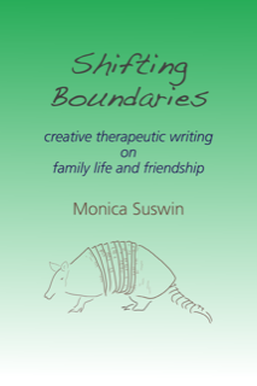
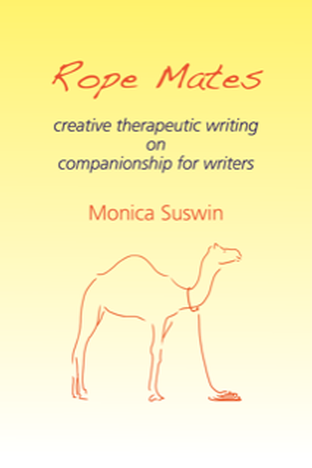

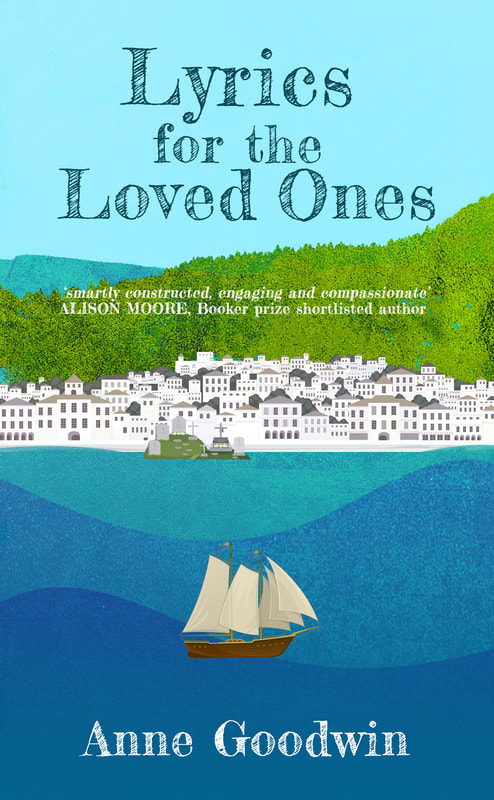
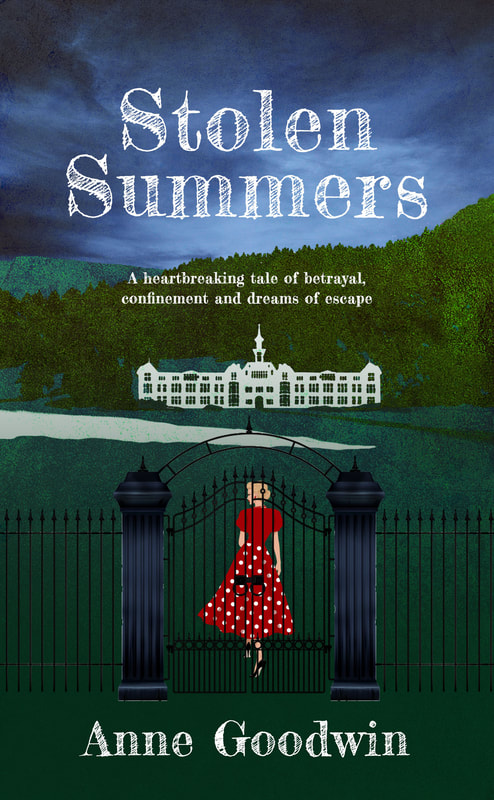


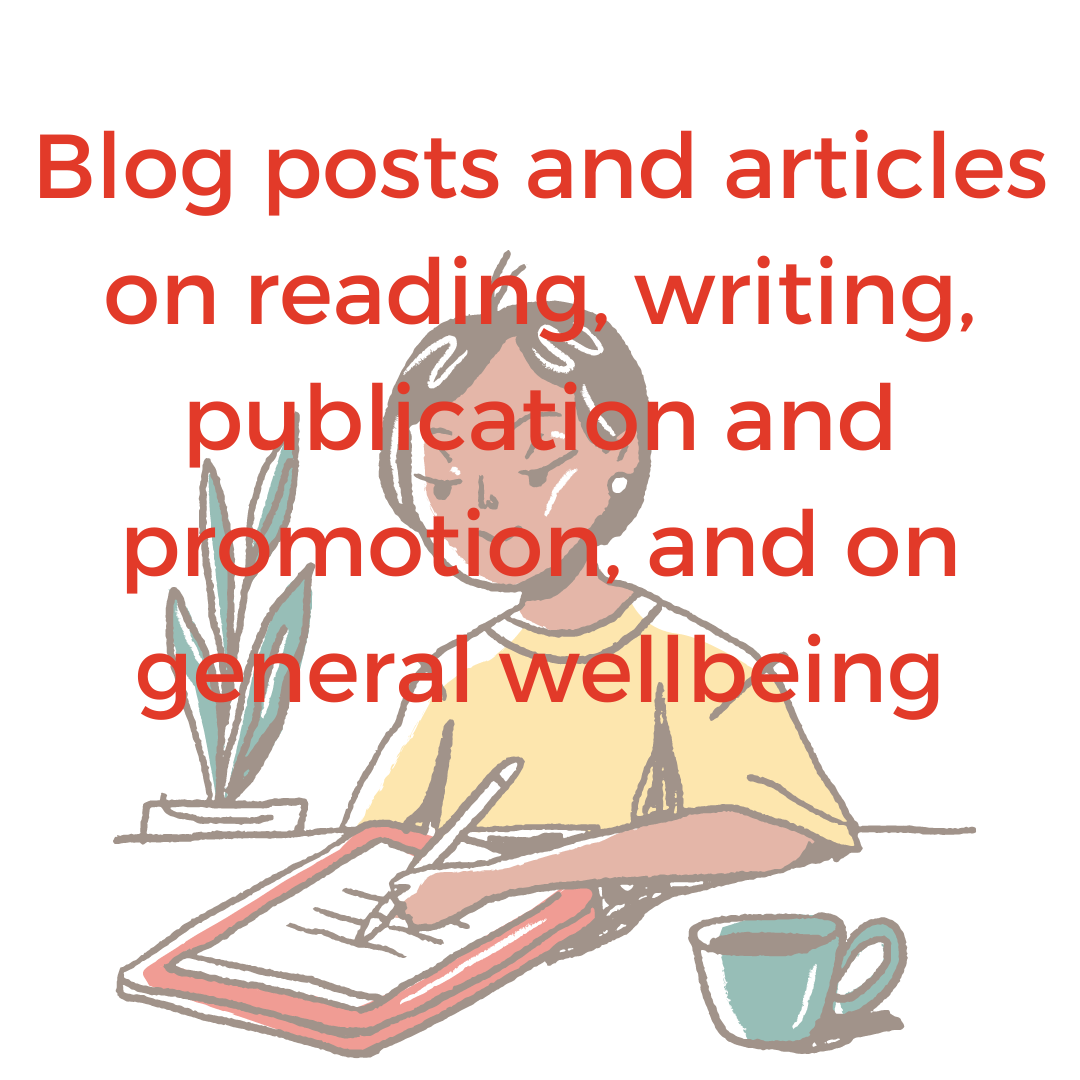

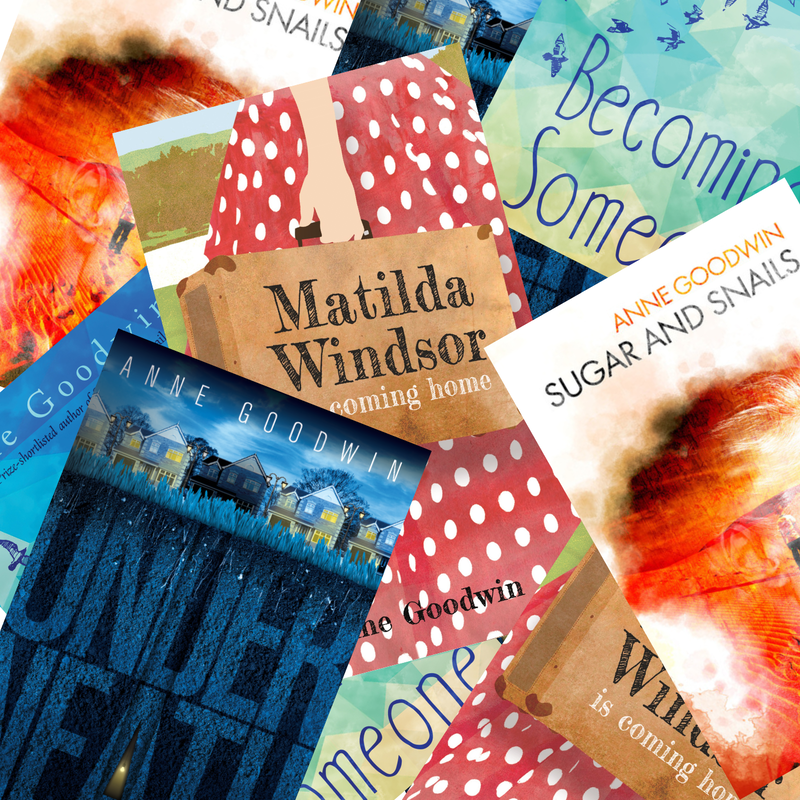
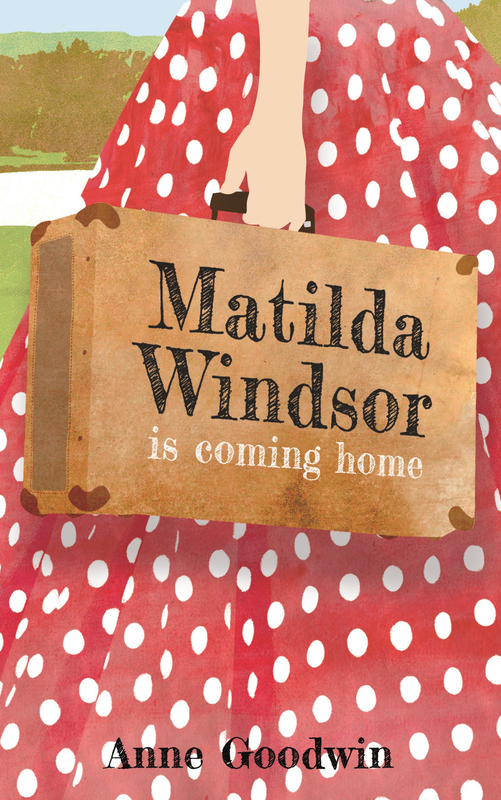


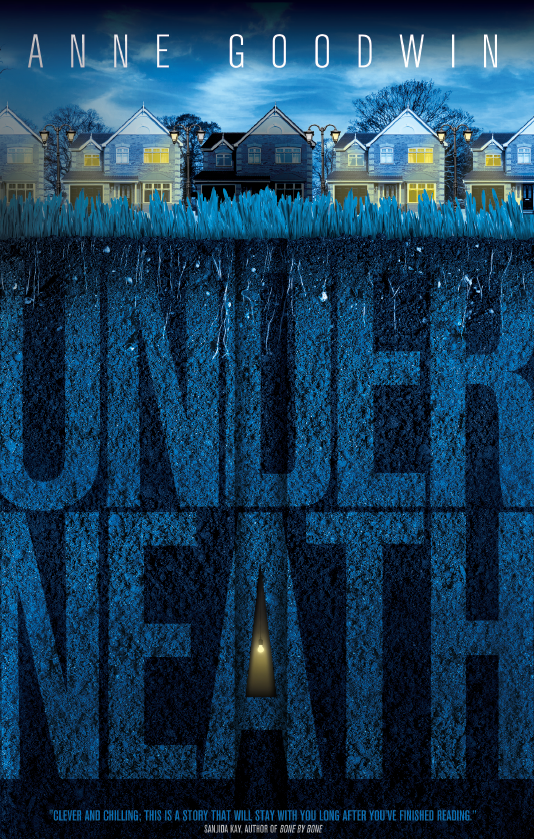
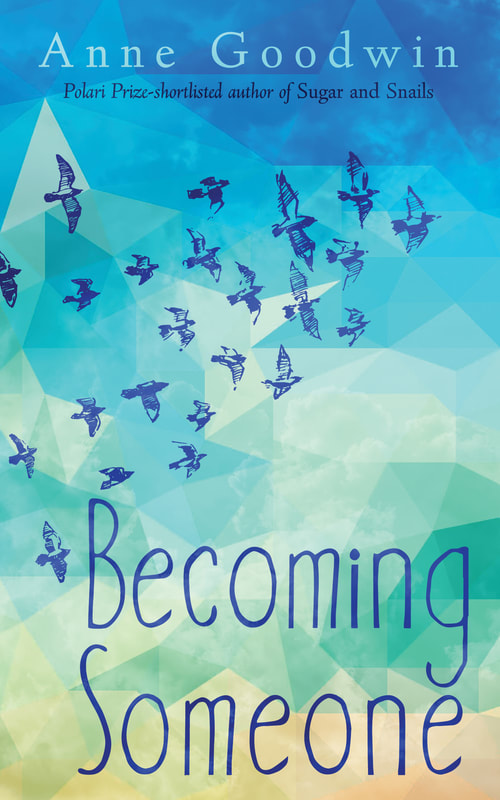








 RSS Feed
RSS Feed



